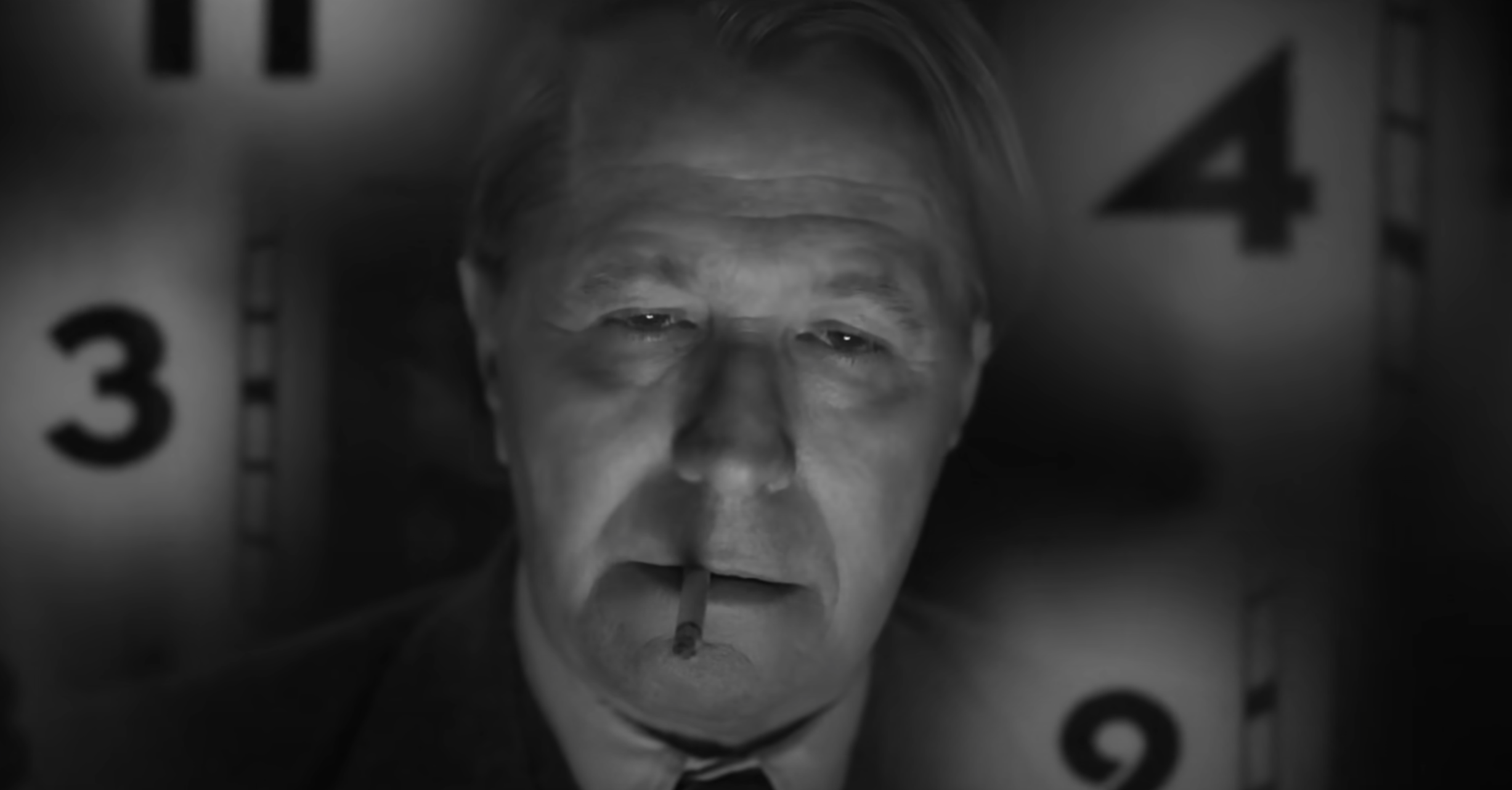…for black-and-white widescreen cinematography than myself. Serious widescreen, I mean — 2.39:1.
Off the top of my head the most mouth-watering monochrome scope flicks are Woody Allen‘s Manhattan (dp Gordon Willis), Martin Ritt‘s Hud (dp James Wong Howe), Robert Rossen‘s The Hustler (dp Eugene Schüfftan), Jack Cardiff‘s Sons and Lovers (dp Freddie Francis), Jack Clayton‘s The Innocents (also Francis), Daryl F. Zanuck‘s The Longest Day (dps Jean Bourgoin, Walter Wottitz) and David Lynch‘s The Elephant Man (Francis again).
Eric Messerschmidt‘s black-and-white capturings in the Mank trailer look perfectly luscious. Monochrome dessert with whipped cream and a cherry on top. But for a period film already praised for casting an ultra-scrupulous eye upon the minutiae of 1940s Hollywood life, I’ve been wondering why Fincher and Messerschmidt chose to shoot Mank in an ultra-wide aspect ratio when 1.37 was the compositional norm back then.
Nobody except The Big Trail‘s Raoul Walsh and dps Lucien Andriot and Arthur Edeson had shot anything in black-and-white widescreen back then, and certainly nobody was thinking or dreaming in such terms, so why is a super-exacting film like Mank upsetting the apple cart of our common visual perception of that era?
I wouldn’t call this a huge concern of mine, but I’m wondering what the thinking might have been. My guess is that Fincher and Messerschmidt did some tests and decided that despite the historical incongruity, they’d simply fallen too heavily in love with widescreen scope to let it go.

